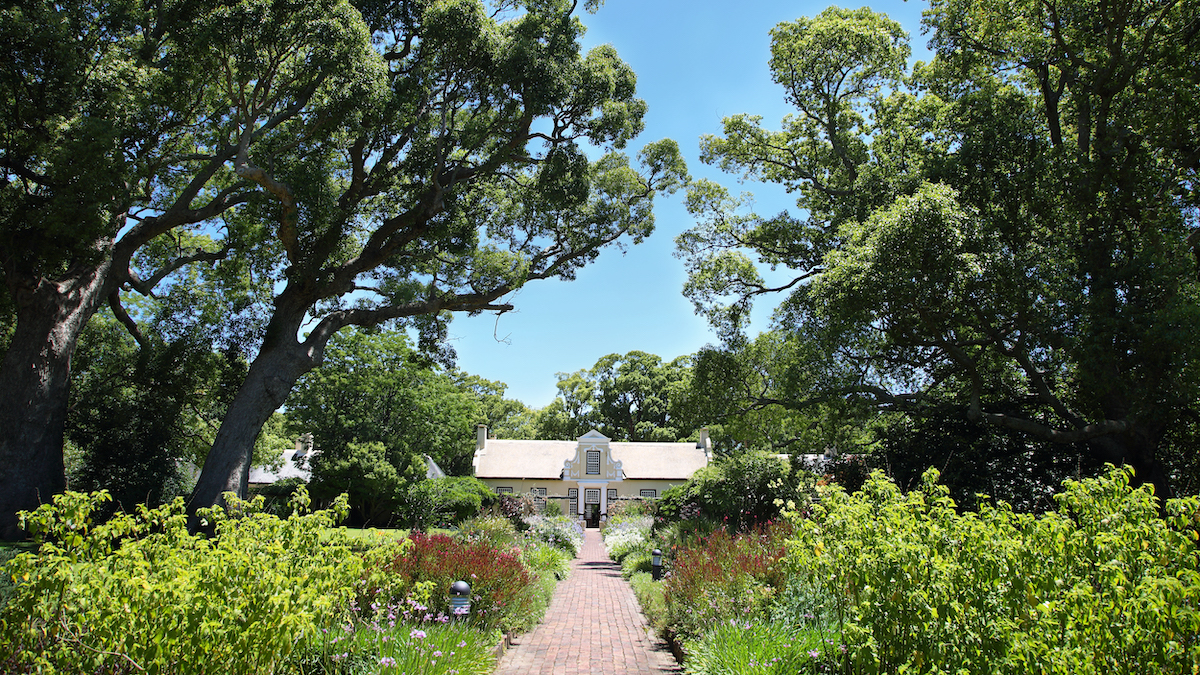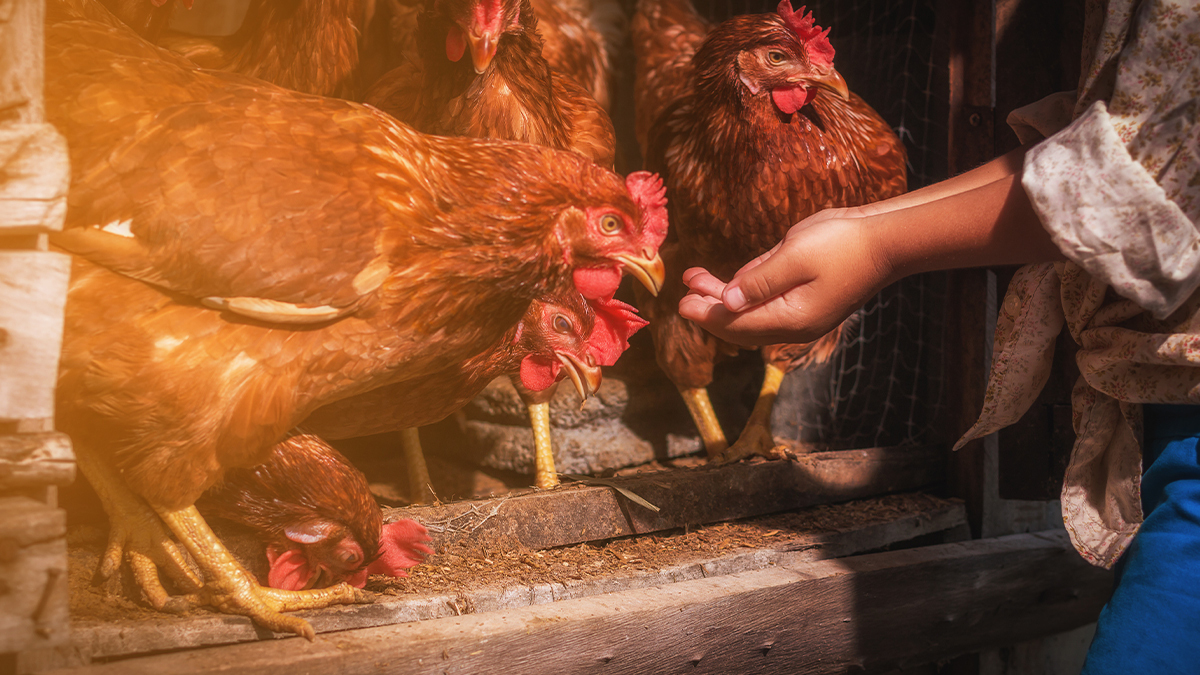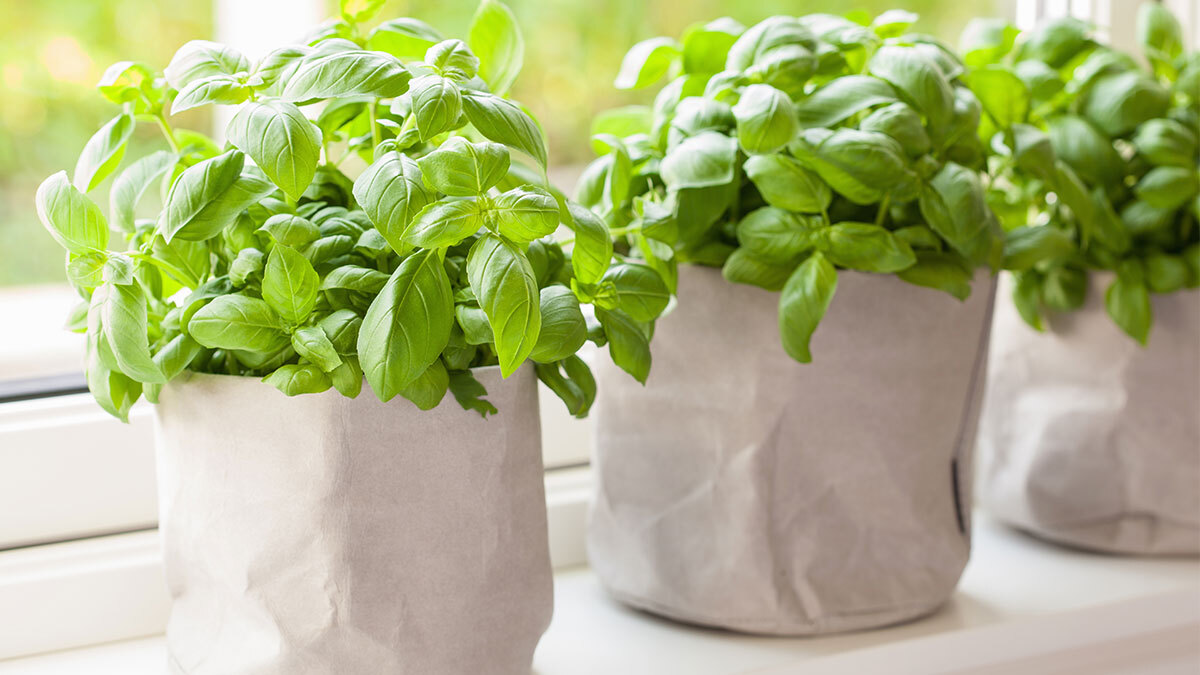on
Producing one’s own food means you are less dependent on anyone else or the government.
As a result, homesteaders and hobby farmers are constantly looking for ways to make themselves and their properties more sustainable.
One such way is to build swales. Swales allow you to maximize your land and get the most out of your natural resources.
If you are new to homesteading, you may not have heard of swales. That’s okay.
Master Class explains, “Drainage swales are shallow ditches that blend in with surrounding landscape design, facilitate water management, and encourage natural irrigation. Swales take advantage of natural slopes in the land to direct water downward into all the soil as opposed to letting it pool above ground or waterlog a specific region.”
Swales have been used for centuries by landscapers, city planners, farmers, and backyard gardeners.
In fact, ancient Romans used swales for agriculture.
The reason swales are so popular with homesteaders and hobby farmers is that they are self-sufficient and resilient.
Permaculture was originally defined by Bill Mollison in 1978 as “The conscious design and maintenance of agriculturally productive systems which have the diversity, stability, and resilience of natural ecosystems. It is the harmonious integration of the landscape with people providing their food, energy, shelter and other material and non-material needs in a sustainable way.”
Swales fit this definition perfectly.
Let’s take a closer look at the swell world of swales.
Swales Provide Low Maintenance Irrigation
When it comes to producing your own food, irrigation is of utmost importance. The problem is that irrigation takes time and money.
Imagine if you didn’t have to waste a bunch of money using city water. Think about how much time you could save if you didn’t constantly have to move hoses around to various crops.
With swales, you save both time and money. Swales provide low-maintenance irrigation.
Once the swale is built, it will continually collect and store water that the soil and plants need.
Swales distribute the collected and stored water throughout the soil in the surrounding area, which then goes to the plants and seeds.
It is a passive way to water your garden continuously.
YOU MAY ALSO LIKE: Gravity Fed Irrigation for Your Garden
Swales Store Water
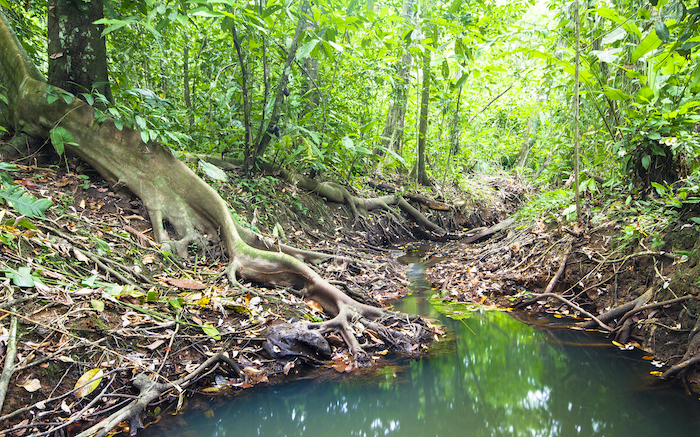
Essentially, swales work as a rainwater-harvesting tool.
The swale catches the rainwater that runs down the slope and contains it in the bottom of the swale (the basin), and the berm (the parallel higher edge) stops it from going further down the hill.
YOU MAY ALSO LIKE: RAINWATER HARVESTING
The collected water then spreads evenly throughout the basin.
“[Swales are one way to] practice the art of ‘waterspread,’ emphasizing the gentle harvesting, spreading, and infiltrating of water throughout a watershed rather than the rapid shedding or draining of water out of it,” says Brad Lancaster in Rainwater Harvesting for Drylands and Beyond.
However, because you don’t want standing water, you place absorbent planting beds along the swale.
This allows the swale to sink the water and raise the water table on your property, which means you won’t have to water as much.
Swales Boost Water Quality
Swales encourage natural filtration.
In fact, this is why many city planners use swales.
The City of Naples explains, “Today, swales not only convey stormwater but also help to treat runoff to reduce pollutants. […] They are vegetated to prevent the slopes from eroding and to help filter pollutants during and after rainstorms. Because swales are wider than they are deep (usually a 8:1 ratio), the rainwater is spread over a broader area. This slows the water and allows the runoff to temporarily pond. Reducing the water’s speed allows the vegetation to filter the rainwater and remove sediments, heavy metals and hydrocarbons such as oil and grease. Ponding of runoff in the swale allows the water to soak into the soil, helping to reduce the volume and amount of pollutants.”
They Prevent Erosion
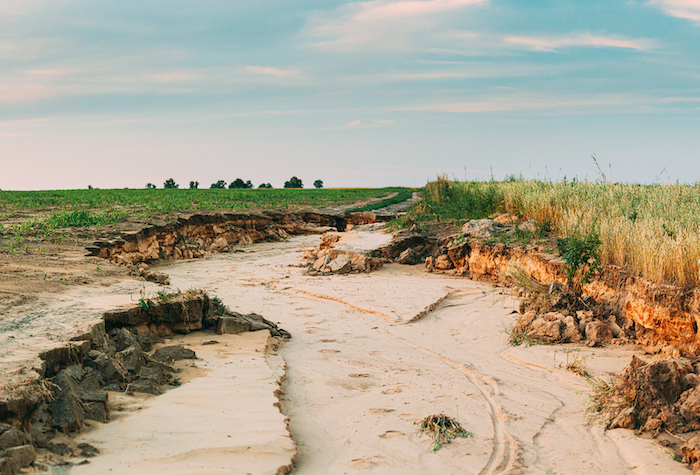
Another reason swales are helpful is that they prevent erosion. Soil erosion occurs when water carries away the loose topsoil. Moreover, running water will erode your landscape.
Using swales will help you divert water to other areas and spread water more evenly across the landscape.
Swales Redirect Water to Specific Locations
Many people use swales to divert water to other locations. For example, swales allow you to divert water into the soil that needs it rather than puddling up in the same area.
Some people specifically build swales so water can be diverted to areas, such as fish ponds.
They Are Useful for Growing
Swales not only catch water, but they also capture nutrients. As a result, swales make great planting grounds.
For example, you can plant water-loving plants in the basin of the swale, and trees and flowers that require nutrient-rich soil on the berm.
Swales Are Natural and Self-Sustaining
Once you build a swale, it functions as its own self-sustaining ecosystem. The ground is continuously irrigated, and the soil is packed with nutrients. When water is needed, it is provided without you needing to do anything.
They Protect against Flooding and Puddling
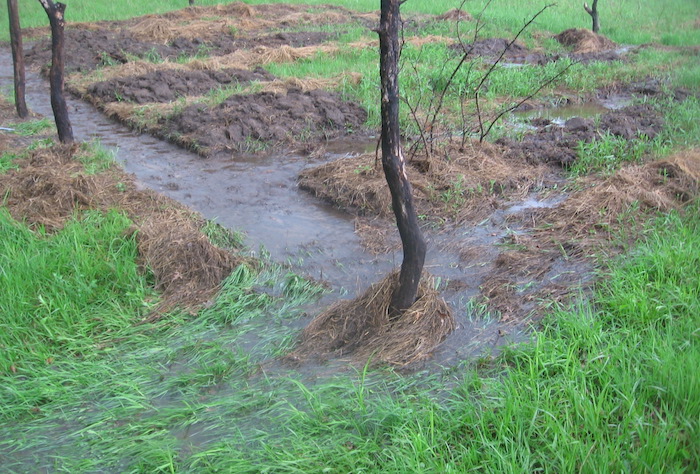
If there is a space on your property where water tends to puddle, building a swale to divert the water will alleviate this problem.
This is one of the main reasons landscapers build swales.
Consider this big-picture perspective from Mark Shepard, author of Restoration Agriculture: “If every farm property captured and held all of its surface water, there would be no flash floods. Water that would have flooded downstream towns and villages will slowly filter down through the soil and bedrock and emerge downslope as springs. Stream and river levels would remain more stable throughout the season, and seasonal streams might become perennial.”
How to Build a Swale
Tenth Acre Farm: Permaculture for the Suburbs has created a step-by-step instructional guide for building swales.
Here are the basic steps.
- Observe the water on your property. Where is it wasted? Where does it drain?
- Identify the ideal site for a permaculture swale. It should be away from buildings or steep slopes, and uphill from a garden or low spot that does not drain well.
- Mark the contour line. Mark the contour line every 6 feet.
- Dig a trench along the marked contour line. Typical trench depth: 6 inches to 1.5 feet deep and typical trench width: 18 inches to 2 feet wide. The length will depend on your property’s size and needs.
- Mound the soil from the trench on the downhill side to create a berm.
- Test and adjust the swale. For example, if it overflows after a rain, it needs to be dug deeper, wider, or longer.
- Plant the swale. Plant perennials, fruit trees, and edible or medicinal plants with thirsty roots.
- Build redundancy into the swale system. Consider where overflow should be diverted in the event of major rainfall.
- Make the swale visibly appealing. If you live in a residential area, this is important.
Get access to premium content and more!
The Secret History of Johnny Appleseed



